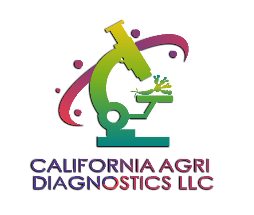Microorganisms are present in virtually all environments and are typically the first organisms to react to chemical and physical changes in the environment. Changes in microbial communities are often a precursor to changes in the health and viability of the environment as a whole. At CAD we can profile these microorganisms and how they change over time using Biolog EcoPlates.
Biolog EcoPlates have been found to provide a sensitive and reliable index of environmental change. Each plate measures the metabolism of 31 carbon sources per assay, and each assay panel tests in triplicate per plate. This approach, called community-level physiological profiling, has been demonstrated to be effective at distinguished spatial and temporal changes in microbial communities. These 31 carbon sources are repeated 3 times to give more replicates of the data. Communities of organisms will give a characteristic reaction pattern called a metabolic fingerprint. These fingerprint reaction patterns rapidly and easily provide a vast amount of information from a single plate.
For more information, please contact us and speak to one of our specialists.
